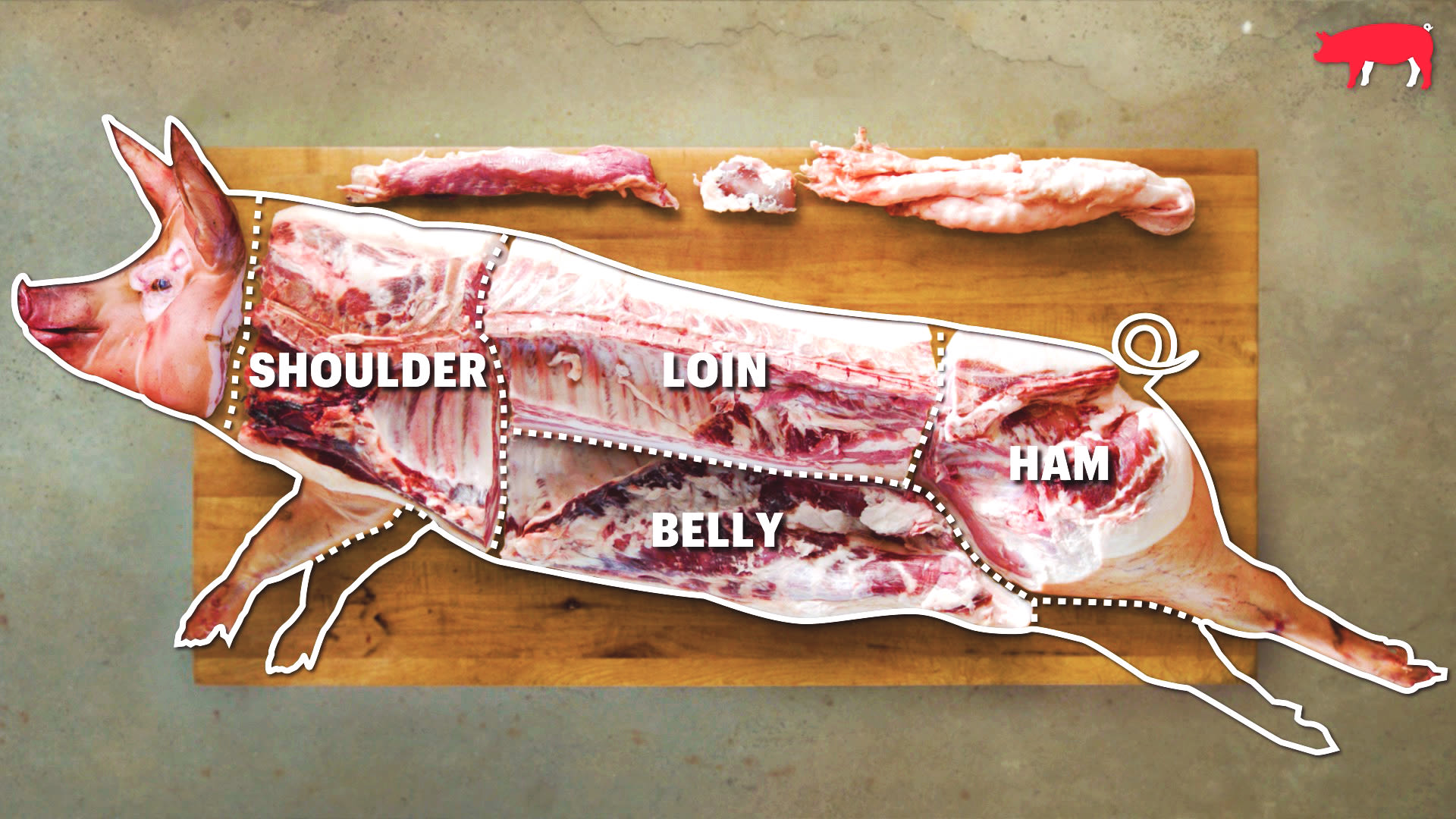Imagine yourself immersed in the vibrant tapestry of an autumn hunting expedition, the air filled with the crisp scent of fallen leaves and the thrill of the chase coursing through your veins. As you emerge triumphant with a majestic elk, a profound question arises: how long must this magnificent creature hang before it graces your dinner table? Embark on an enlightening journey as we delve into the intricacies of this culinary ritual, unlocking the secrets to tender and flavorful elk meat.

Image: kempoo.com
Unveiling the Significance
Hanging game meat is an age-old tradition, a crucial step that transforms tough muscle fibers into delectable morsels. By suspending the carcass, gravity pulls bodily fluids downward, allowing enzymes to break down the connective tissues responsible for rigidity. This enzymatic tenderization process, known as aging, enhances the meat’s palatability and unlocks its full flavor potential. But how long should you hang elk before butchering? The answer, as we shall discover, depends on a harmonious balance of factors.
Determining the Optimal Duration
The ideal hanging time for elk depends on several variables, including:
-
Species and Age: Younger animals with less developed muscles tenderize faster than older, more mature ones. Elk, being larger than deer, generally require longer hanging times.
-
Temperature: The ambient temperature during aging significantly influences the rate of tenderization. Colder temperatures, within the range of 28-32°F (-2 to 0°C), slow down the aging process, allowing for longer hanging times. Conversely, warmer temperatures accelerate aging, necessitating shorter durations.
-
Humidity: Humidity affects the rate of moisture loss, impacting the tenderness of the meat. High humidity environments tend to retain moisture better, leading to slower aging. Lower humidity promotes evaporation, accelerating aging.
-
Desired Tenderness: The desired level of tenderness dictates the hanging duration. Personal preferences and culinary objectives should guide your decision.
A Comprehensive Guideline
Based on these factors, here are general guidelines for hanging elk before butchering:
-
Quarter-cut Carcass: 7-10 days at 28-32°F (-2 to 0°C)
-
Boned-out Meat: 5-7 days at 28-32°F (-2 to 0°C)
-
Ground Meat: 2-3 days at 28-32°F (-2 to 0°C)
Remember, these are just estimates, and adjustments may be necessary based on your specific situation. It’s essential to monitor the meat regularly, assessing its tenderness through touch and smell.

Image: www.bonappetit.com
Expert Insights and Practical Tips
Renowned game chef Hank Shaw advises, “Hang the elk until the outer layer of meat becomes dry and slightly tacky to the touch.”
Award-winning butcher Ruhlman adds, “The ideal tenderness is subjective, but most people prefer to hang elk for at least a week.”
To enhance the aging process, consider the following tips:
-
Promote Airflow: Ensure adequate air circulation around the hanging meat to prevent moisture buildup and bacterial growth.
-
Control Temperature and Humidity: Utilize a dedicated aging chamber or cooler to maintain consistent temperature and humidity conditions.
-
Monitor Regularly: Check the meat daily for signs of spoilage, such as unusual odors or discoloration.
How Long To Hang Elk Before Butchering
Concluding Thoughts
Hanging elk before butchering is a culinary art that elevates the flavor and tenderness of your game meat. By understanding the principles of aging and following expert recommendations, you can ensure that every bite is a symphony of flavors, a testament to your hunting skills and the bounty of nature. Embrace this tradition, experiment with different hanging durations, and discover the transformative power of time in creating a truly unforgettable dining experience.